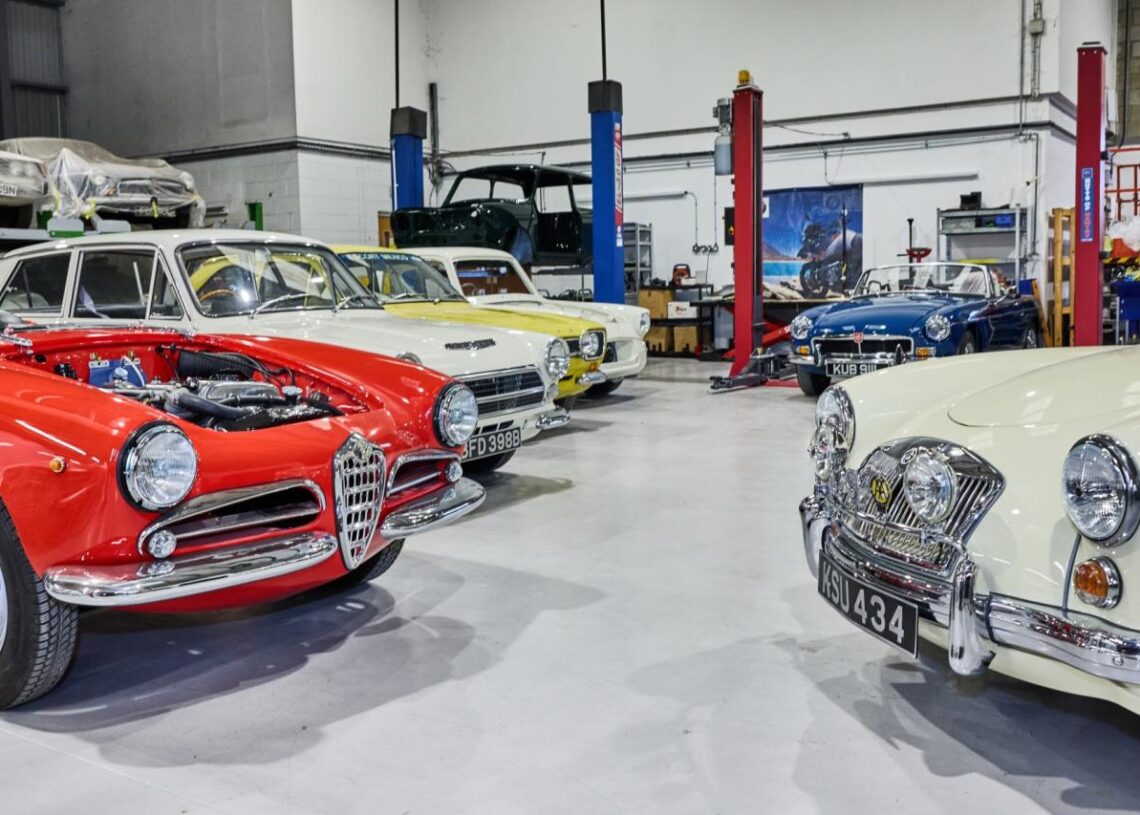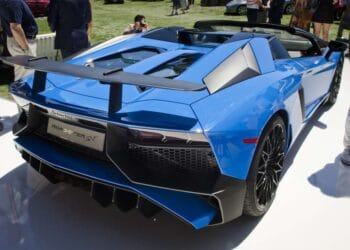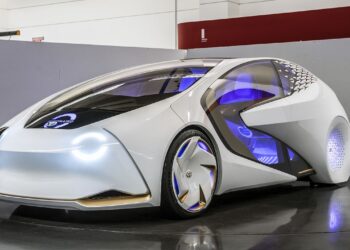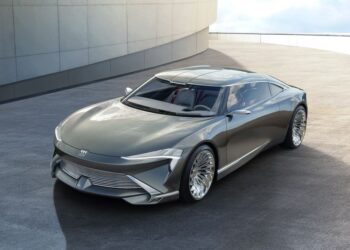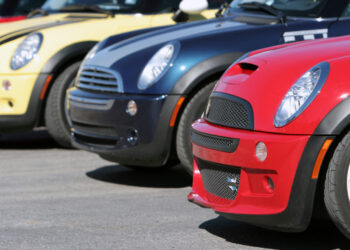A Timeless Passion
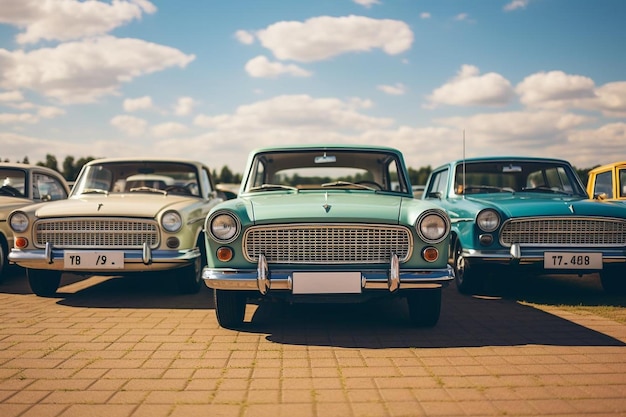
In a world increasingly dominated by digital experiences and autonomous aspirations, the tangible beauty and raw mechanical purity of vintage automobiles offer a unique and deeply satisfying counterpoint. The sight of a perfectly restored 1960s sports car, the scent of its aged leather, or the distinct roar of its engine evokes a visceral connection to a different time, a period when cars were sculpted with passion and built with enduring character. Vintage model revival is about celebrating these qualities, ensuring that these automotive masterpieces are not just confined to museums but can be enjoyed, driven, and admired by new generations.
The excitement surrounding this revival stems from its multifaceted appeal. For collectors, it’s the thrill of preserving a piece of history, an investment that often appreciates in value, and the pride of ownership in something truly unique. For enthusiasts, it’s the opportunity to experience the analog joy of driving a classic without the common reliability concerns. For manufacturers, it’s a way to reconnect with their heritage, showcase their enduring design philosophies, and offer exclusive, hand-crafted vehicles that stand apart in a mass-produced world. This confluence of historical appreciation, engineering artistry, and an emotional yearning for authenticity ensures that the revival of vintage models remains a vibrant and growing segment of the automotive world.
The Driving Forces Behind Vintage Model Revival
Several key factors are fueling the growing interest and investment in the revival of vintage automotive models:
A. Nostalgia and Emotional Connection:
A. Recalling Bygone Eras: For many, vintage cars evoke powerful memories of childhood, iconic movies, or a romanticized past of simpler times and elegant design.
B. Tangible History: Owning a vintage car is owning a piece of history, a direct link to a past era of innovation, style, and cultural significance.
C. Authenticity: In an increasingly digital world, the analog experience, mechanical purity, and craftsmanship of vintage vehicles offer a refreshing sense of authenticity.
B. Investment and Appreciation:
A. Alternative Asset Class: Well-preserved or expertly revived vintage cars have consistently proven to be robust alternative investments, often outperforming traditional asset classes.
B. Rarity and Scarcity: The finite number of original vintage vehicles, especially limited-production models, ensures their scarcity and contributes to their appreciation in value.
C. Market Resilience: The classic car market has shown remarkable resilience, maintaining strong values even during economic downturns.
C. The Desire for Exclusivity and Individuality:
A. Unique Ownership: Unlike modern mass-produced vehicles, a vintage car, especially a revived or bespoke example, offers unparalleled exclusivity and a distinct sense of individuality.
B. Tailored Craftsmanship: Many revived models involve extensive hand-craftsmanship and personalization, creating a vehicle that is uniquely tailored to the owner’s taste.
D. Technological Advancements in Restoration:
A. Precision Engineering: Modern tools and techniques, including CAD/CAM, 3D scanning, and precise machining, allow for historically accurate and robust restoration or recreation of complex vintage components.
B. Material Science: Advances in metallurgy and material science enable the creation of period-correct yet more durable components, improving reliability.
C. “Restomod” Capabilities: The ability to sympathetically integrate modern conveniences (e.g., air conditioning, power steering, improved brakes) and performance upgrades while retaining vintage aesthetics and character.
E. Manufacturers Embracing Heritage:
A. Brand Legacy: Automakers recognize the value of their heritage and are actively involved in reviving iconic models, establishing heritage divisions, and offering factory-backed restoration or continuation programs.
B. Limited Series Production: Creating highly exclusive “continuation” models or limited-edition modern interpretations of classics that celebrate their past.
The Spectrum of Vintage Model Revival
The revival of vintage models encompasses a broad spectrum of approaches, each catering to different levels of authenticity, modernization, and budget:
A. Concours-Level Restoration:
A. Goal: To return a vehicle to its exact factory-original condition, or even better, meticulously recreating every detail as it was when it left the factory, sometimes down to tool marks and specific finishes.
B. Process: Involves complete disassembly, extensive research (historical documents, factory blueprints), period-correct parts sourcing (or custom fabrication), and painstaking reassembly.
C. Outcome: Vehicles are typically judged at prestigious concours d’Elegance events (e.g., Pebble Beach) and often command the highest values.
B. Sympathetic Restoration (Driver-Quality):
A. Goal: To restore a vehicle to a high standard of mechanical and cosmetic condition for regular driving and enjoyment, prioritizing reliability and usability over absolute factory originality in every minor detail.
B. Process: Addresses mechanical issues, rust, and cosmetic flaws, often using a mix of original, reproduction, and high-quality aftermarket parts.
C. Outcome: A beautiful, reliable classic that can be driven and enjoyed regularly without the extreme pressures of Concours judging.
C. Restomod (Restoration + Modernization):
A. Goal: To combine the classic aesthetics of a vintage car with modern performance, comfort, and safety features. The exterior retains its vintage charm, while the interior and mechanicals are significantly upgraded.
B. Process: Involves substantial modifications, such as engine swaps (often modern V8s or even electric powertrains), upgraded suspension, modern braking systems, air conditioning, infotainment, and power steering.
C. Outcome: A unique vehicle that offers the timeless style of a classic with the performance and convenience of a contemporary car, appealing to drivers who want the best of both worlds.
D. “Continuation” or “Re-Creation” Models:
A. Goal: To build brand-new cars that are exact (or near-exact) reproductions of historically significant models, often with original factory tooling or precise modern recreations.
B. Process: Manufacturers (or licensed specialists) build a limited number of these vehicles, often assigning them chassis numbers that continue the original series.
C. Outcome: Brand-new “vintage” cars that are highly valuable due to their authenticity and rarity, often built by the original manufacturer’s heritage division (e.g., Aston Martin DB5 Goldfinger Continuation, Jaguar D-Type Continuation).
E. Modern Interpretations / Homages:
A. Goal: To create entirely new vehicles that are heavily inspired by classic designs but incorporate modern platforms, powertrains, and technology.
B. Process: These are not restorations or recreations of specific old models but new cars that pay homage to iconic designs (e.g., modern Porsche 911 Sport Classic, some coachbuilt specials).
C. Outcome: A contemporary vehicle with a strong stylistic nod to the past, offering modern performance and safety in a retro-inspired package.
The Meticulous Process of Revival
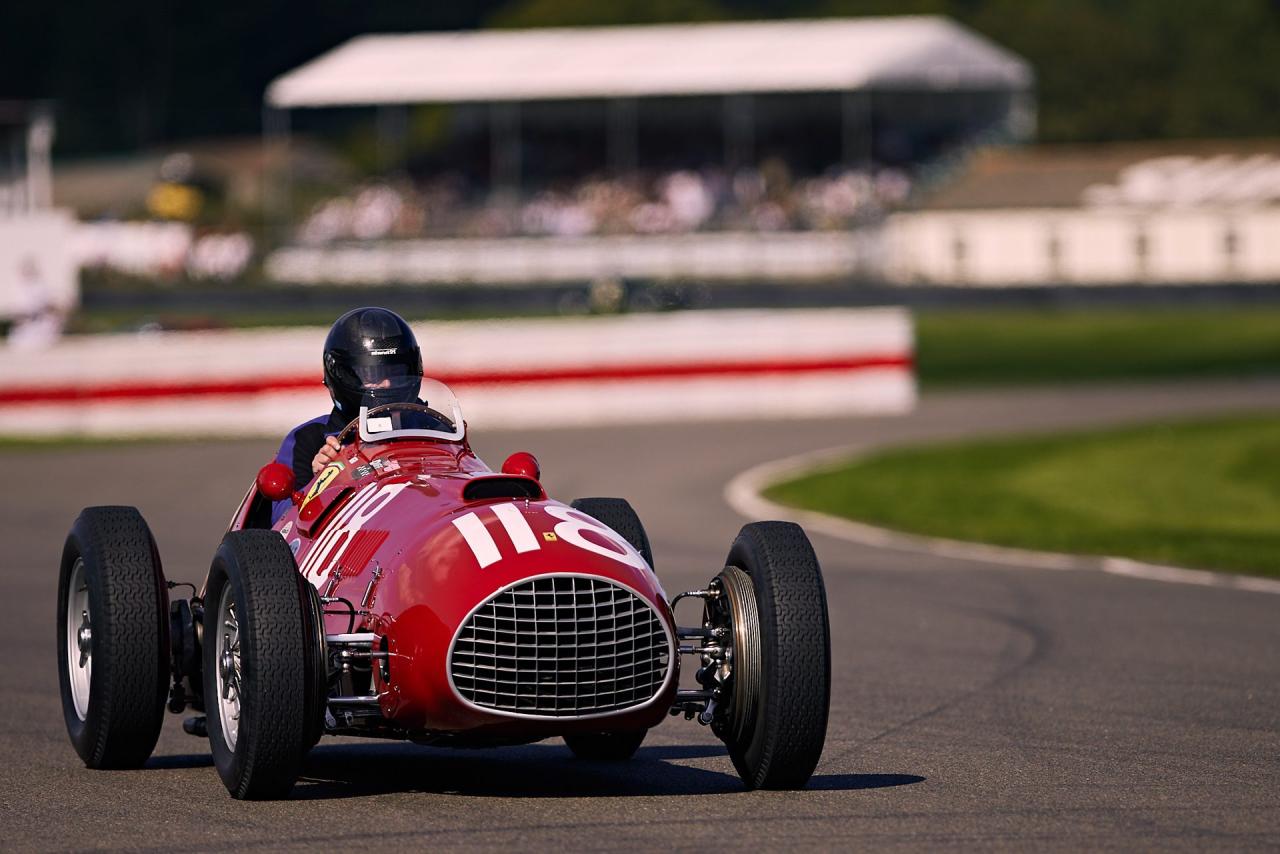
Regardless of the specific approach, the revival of a vintage model is a highly specialized and often labor-intensive process:
A. Initial Assessment and Sourcing:
A. Vehicle Acquisition: Sourcing the correct donor vehicle, often requiring extensive searches through auctions, private sales, and international networks.
B. Condition Evaluation: Thorough inspection to assess the extent of corrosion, mechanical integrity, and originality of components.
C. Research and Documentation: Gathering historical documentation, factory specifications, period photographs, and expert advice to ensure accuracy, especially for Concours restorations.
B. Disassembly and Parts Sourcing/Fabrication:
A. Full Teardown: The vehicle is completely disassembled, often down to its bare chassis. Every component is inspected, cataloged, and assessed.
B. Component Restoration/Replacement: Individual components are either meticulously restored (e.g., engine rebuild, transmission overhaul, suspension refurbishment) or replaced.
C. Sourcing Rare Parts: Extensive global search for rare or no-longer-produced original parts. If unavailable, custom fabrication by skilled artisans using original specifications is necessary.
C. Bodywork and Paint:
A. Rust Remediation: Meticulous removal of all rust, followed by rustproofing.
B. Metalwork: Expert metal fabricators repair or recreate damaged body panels, ensuring period-correct contours and panel gaps. This often involves traditional coachbuilding techniques.
C. Paint Preparation and Application: Extensive body preparation, sanding, and multiple layers of primer, paint, and clear coat, often using period-correct colors and application methods.
D. Interior Restoration:
A. Upholstery and Trim: Reupholstering seats and interior panels with period-correct leather, fabric, or vinyl, often hand-stitched.
B. Wood and Metal Refinishing: Restoration of wood veneers, chrome, and other metal trim to their original luster.
C. Gauge and Electrical Restoration: Repairing or restoring original gauges, wiring harnesses, and electrical systems, sometimes with subtle upgrades for reliability.
E. Mechanical Rebuild and Integration:
A. Engine and Drivetrain: Complete overhaul of the engine, transmission, and differential to original specifications or with performance upgrades for restomods.
B. Suspension and Brakes: Refurbishment or upgrade of suspension components, steering, and braking systems to ensure safety and performance.
C. Modern Systems Integration (for Restomods): Seamless integration of modern amenities like air conditioning, power steering, modern audio systems, and ABS brakes, ensuring they do not detract from the classic aesthetic.
F. Final Assembly and Testing:
A. Meticulous Reassembly: The vehicle is carefully reassembled, with attention to every detail, often by a small team of highly skilled technicians.
B. Testing and Tuning: Extensive testing (on dyno, track, and road) to ensure all systems function correctly, and the vehicle performs as intended.
C. Detailing and Finishing: Final detailing to achieve a showroom-quality finish.
The Economic and Cultural Impact of Revival
The vintage model revival movement has significant economic and cultural ramifications:
A. Specialized Industry Growth:
A. Skilled Labor Demand: Creates and sustains a demand for highly skilled artisans, mechanics, fabricators, upholsterers, and painters specializing in classic cars.
B. Parts Manufacturing: Drives a niche industry for manufacturing reproduction parts and components.
C. Restoration Shops: Fuels the growth of specialized restoration shops worldwide, many of which are multi-generational family businesses.
B. Preservation of Heritage:
A. Automotive History: Ensures the physical preservation of significant automotive designs, engineering achievements, and cultural artifacts for future generations.
B. Showcasing Craftsmanship: Highlights the artistry and craftsmanship of past eras, serving as inspiration for contemporary design.
C. Tourism and Events:
A. Concours d’Elegance: Fuels prestigious events like Pebble Beach, Villa d’Este, and Amelia Island, which are major tourist attractions and economic drivers for their regions.
B. Classic Car Rallies: Promotes classic car rallies, tours, and racing events (e.g., Goodwood Revival, Mille Miglia), creating vibrant communities and attracting enthusiasts.
D. Investment and Wealth Management:
A. Diversified Portfolios: Provides a tangible asset for wealth management and investment diversification.
B. Auction Market: Supports a thriving classic car auction market, with record-breaking sales drawing global attention.
E. Inspiration for Modern Design:
A. Retro-Futurism: Modern automakers often draw inspiration from their heritage, incorporating classic design cues into new models (e.g., Mini, Fiat 500, modern Bronco, Z-car).
B. Design Language Evolution: Vintage designs inform and influence contemporary aesthetic sensibilities, creating a continuous dialogue between past and present.
Challenges and Considerations in Vintage Revival
Despite its allure, the vintage model revival is not without its complexities and challenges:
A. Cost and Time:
A. High Investment: Meticulous restoration or bespoke re-creation can be incredibly expensive and time-consuming, often taking years to complete.
B. Unforeseen Issues: Unexpected discoveries of hidden rust or damage during disassembly can significantly inflate costs and timelines.
B. Authenticity vs. Modernization:
A. Purity Debates: Ongoing debates within the classic car community about the extent of modernization that is acceptable without compromising the car’s originality or character (especially for “restomods”).
B. Value Impact: Extensive non-period-correct modifications can sometimes devalue a car, especially for Concours-level collectors.
C. Parts Sourcing and Expertise:
A. Rarity: Finding original, period-correct parts for very rare vintage models can be extremely challenging and costly.
B. Skilled Labor Shortage: A potential shortage of highly specialized artisans and mechanics with the specific skills required for vintage restoration.
D. Environmental Considerations:
A. Emissions: Vintage cars, especially pre-emissions regulations, produce higher emissions. The environmental impact of their continued use is a growing concern.
B. Sustainability of Parts: Sourcing and manufacturing new parts for old cars can have an environmental footprint. The growth of “electromods” is one response to this.
E. Legal and Regulatory Hurdles (for Recreations):
A. “Silly Walks” Law (USA): Specific regulations in some countries (like the US, the “Low Volume Motor Vehicle Manufacturers Act” often referred to as the “Silly Walks” law) make it easier for small manufacturers to produce limited runs of replica/continuation vehicles without meeting modern crash test standards.
B. Roadworthiness: Ensuring that revived cars meet modern safety standards (especially for restomods) or can be legally registered for road use.
The Electromod Trend
A fascinating and rapidly growing sub-trend within vintage model revival is the “electromod” phenomenon:
A. Concept: Replacing the original internal combustion engine of a vintage car with a modern electric powertrain (electric motor, battery pack, power electronics).
B. Benefits:
A. Zero Emissions: Makes vintage cars environmentally friendly, suitable for urban low-emission zones, and future-proof against fossil fuel bans.
B. Enhanced Reliability and Usability: Eliminates the complexities and maintenance demands of vintage ICEs, making the car more reliable and easier to drive daily.
C. Instant Torque: Provides exhilarating, silent acceleration typical of modern EVs.
D. New Lease on Life: Offers a way to revive cars whose original engines are beyond repair or for which parts are impossible to find.
C. Controversy: Highly controversial among purists who believe it destroys the car’s originality and soul. However, it’s gaining acceptance for its sustainability and usability benefits.
D. Examples: Companies like Lunaz (Rolls-Royce, Bentley electromods), Everrati (Porsche 911, Land Rover Defender electromods), and myriad smaller custom shops.
Conclusion
The vintage model revival is a testament to the enduring human fascination with automotive artistry, mechanical ingenuity, and historical significance. It is a vibrant ecosystem where passion intertwines with preservation, craftsmanship meets innovation, and timeless design finds a renewed purpose. From the painstaking efforts of Concours-level restorers to the boundary-pushing ambition of “electromod” creators, the movement ensures that the iconic vehicles of the past continue to inspire, captivate, and contribute to the rich tapestry of automotive culture.
While challenges such as cost, authenticity debates, and environmental considerations persist, the dedication of enthusiasts, the vision of manufacturers, and the advancements in modern technology are collectively propelling this revival forward. These meticulously brought-to-life classics are not merely relics; they are dynamic, breathing symbols of automotive excellence, offering a unique blend of heritage and contemporary relevance. As the automotive world charges into an increasingly electric and autonomous future, the revival of vintage models serves as a vital anchor to its illustrious past, reminding us of the artistry and soul that define the true essence of the automobile.
